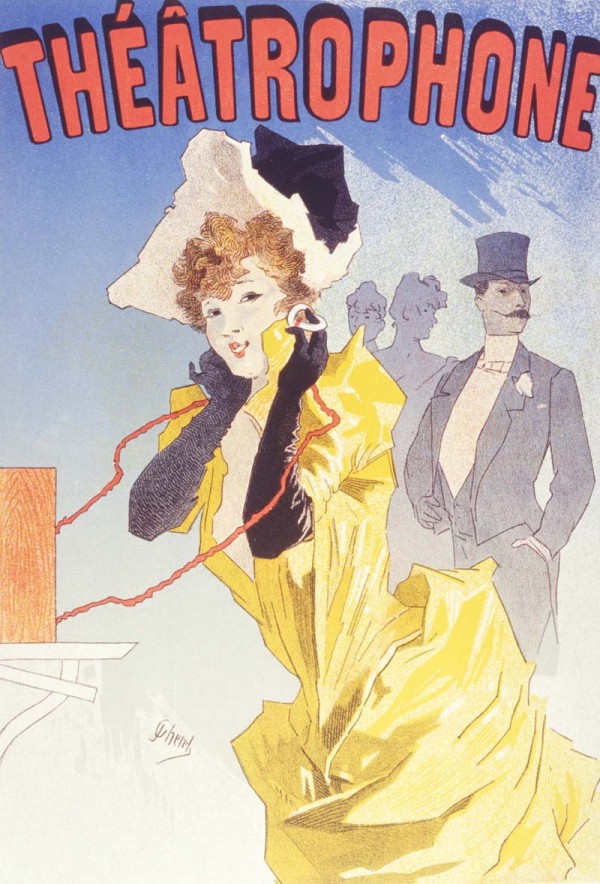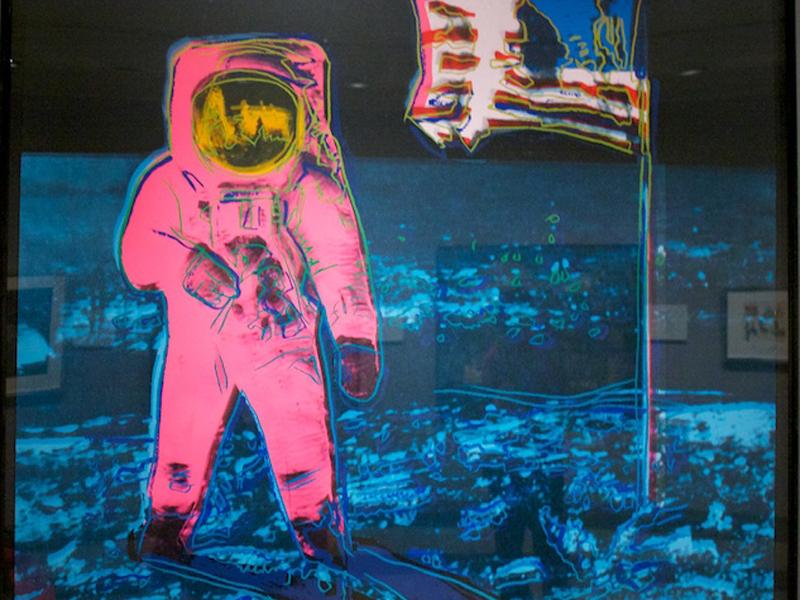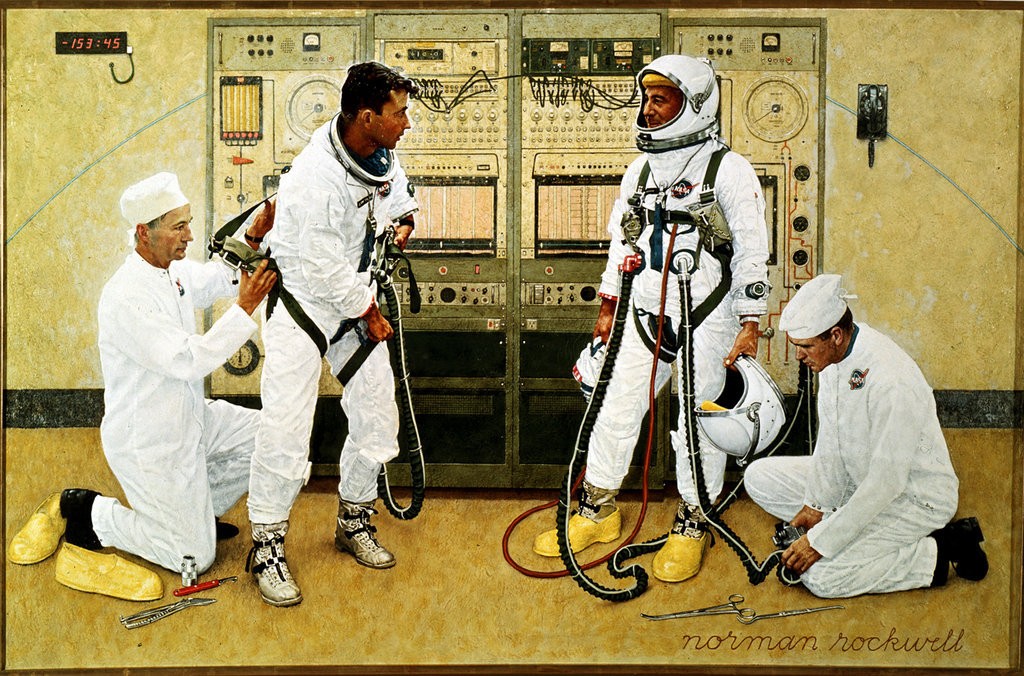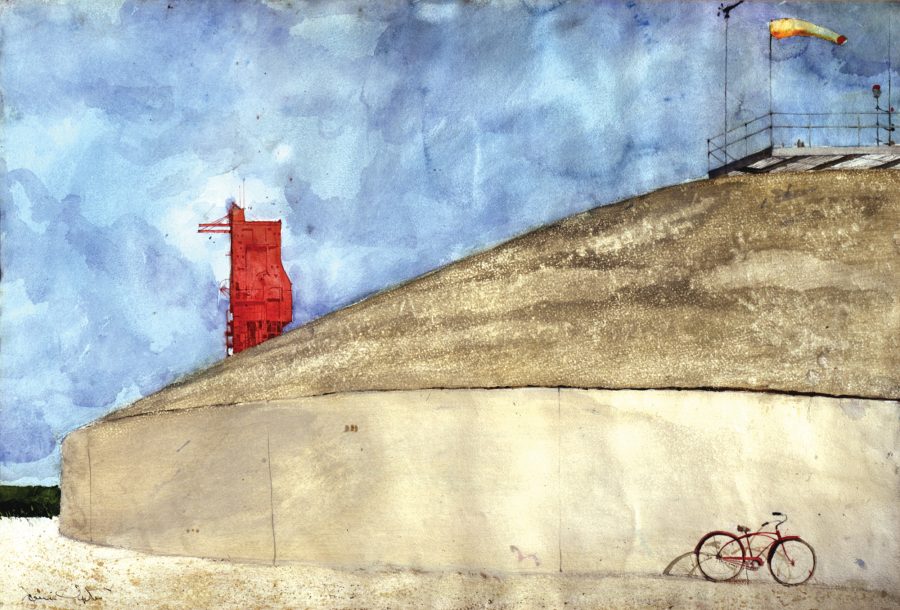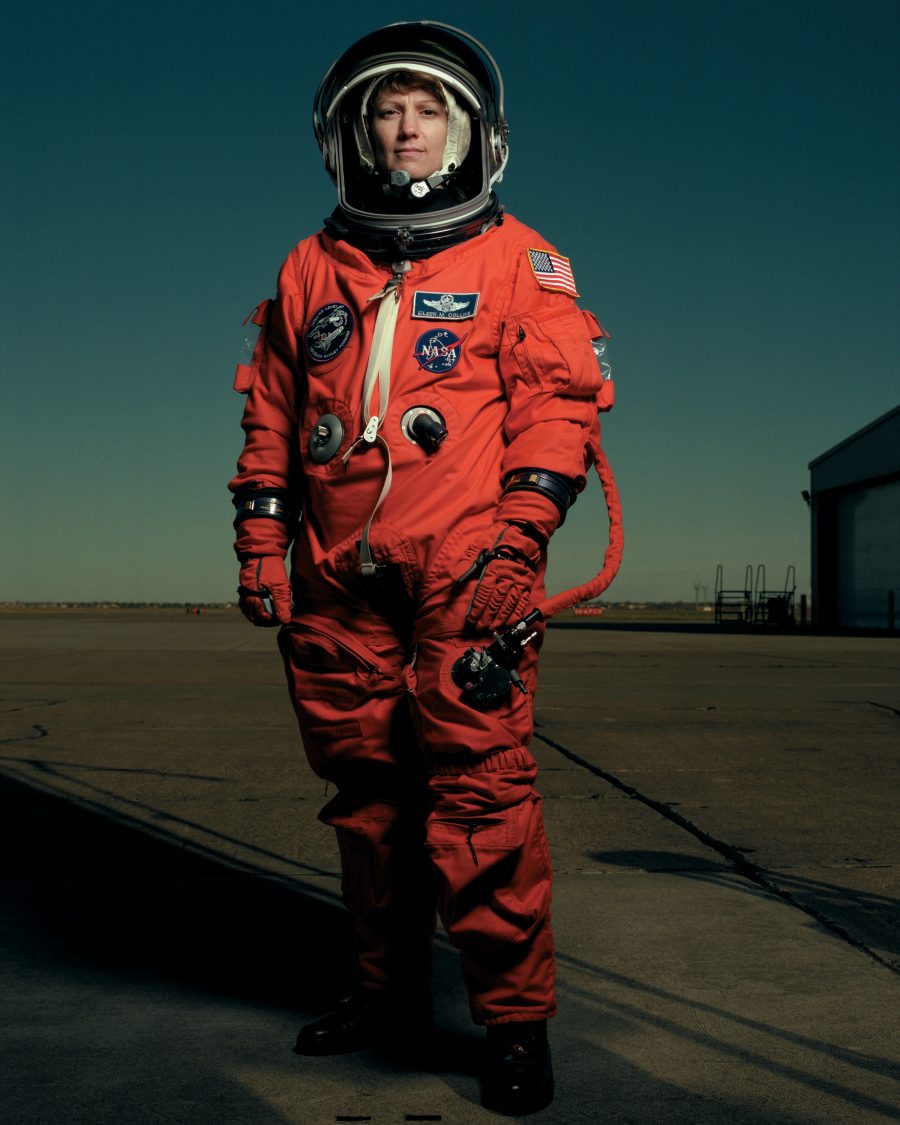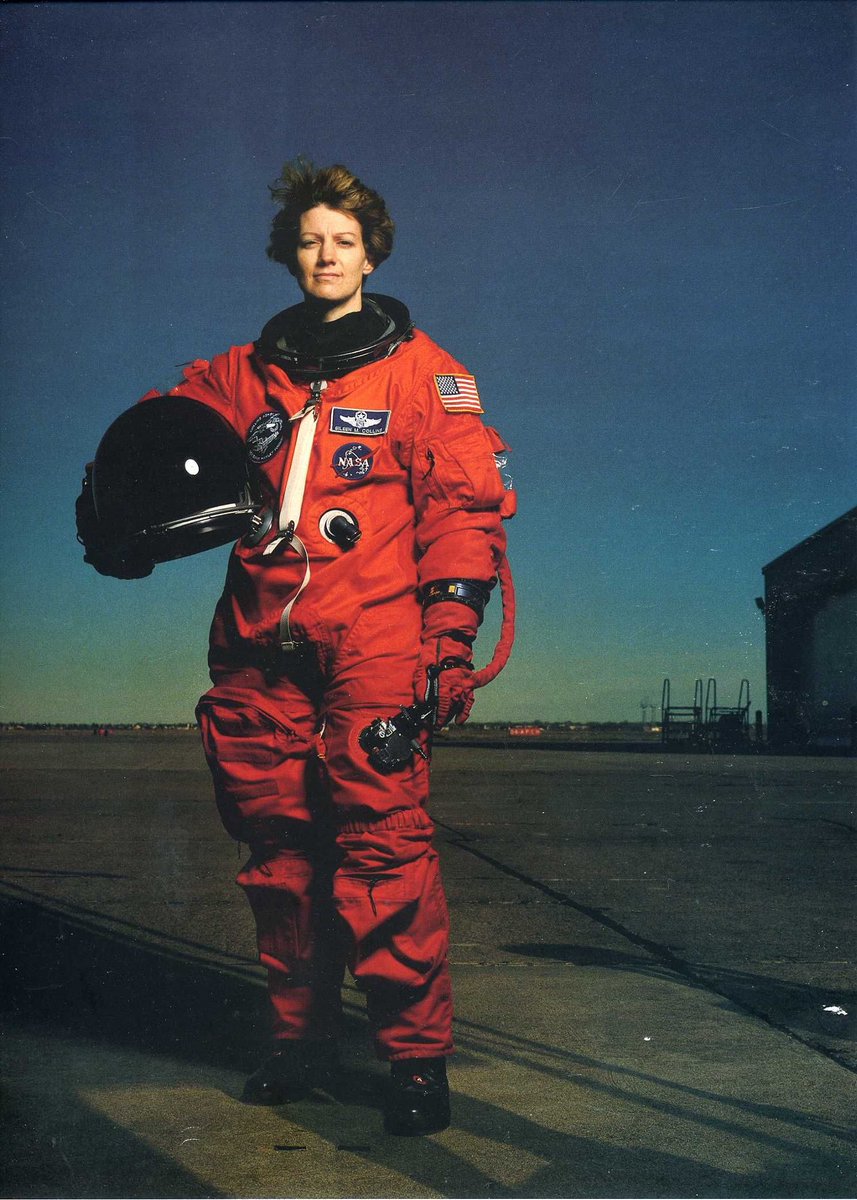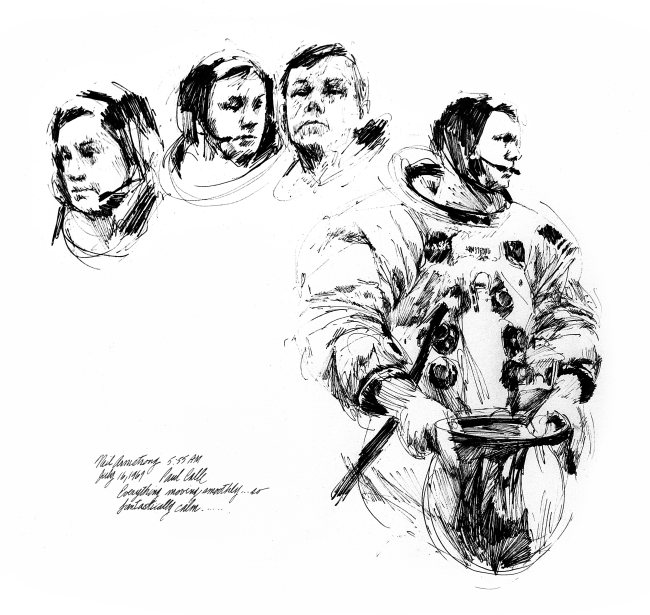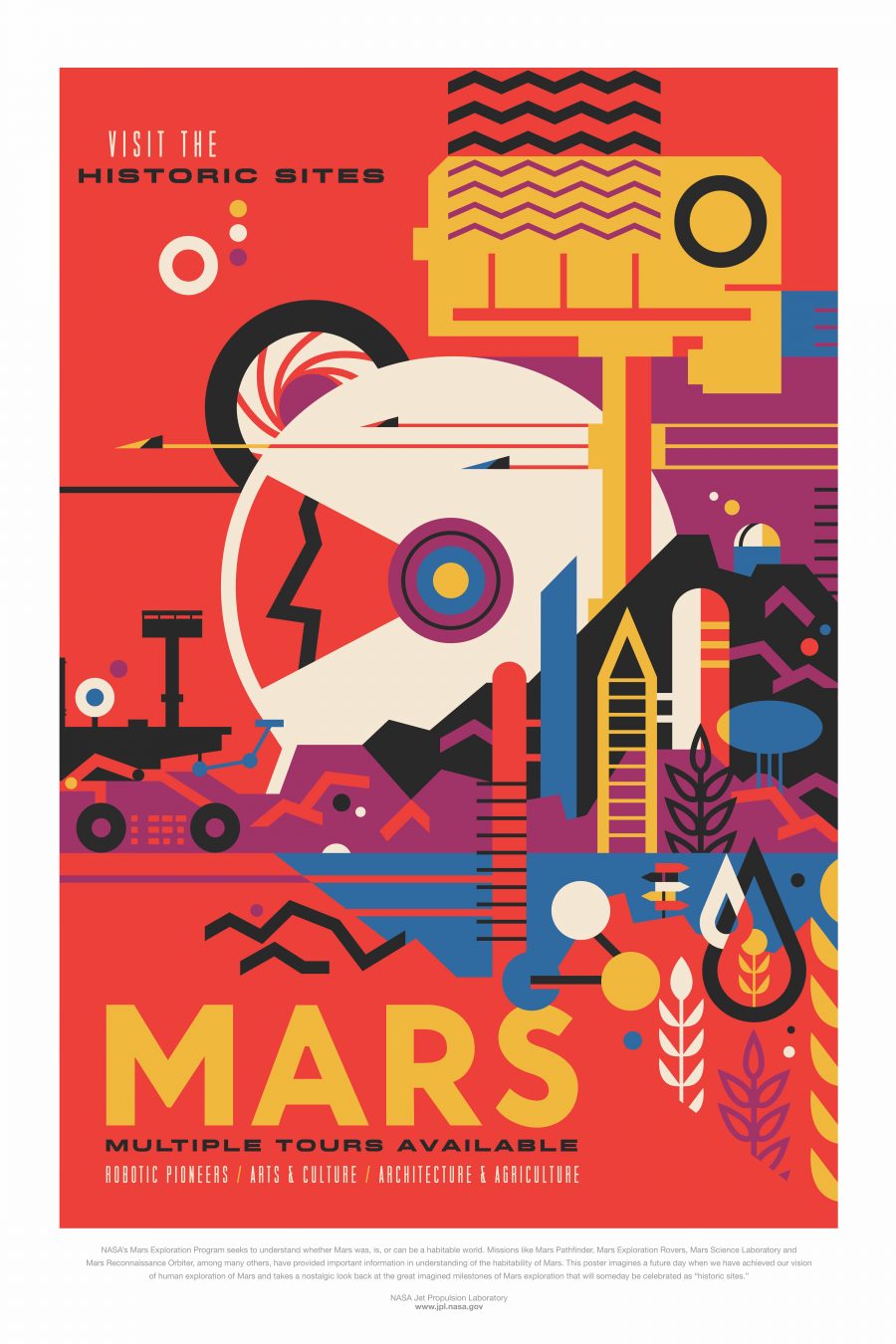The deeper we get into the 21st century, the fewer aspects of our lives remain disconnected from the digital realm. The convenience of this arrangement is undeniable, but the increasing difficulty of getting through a day without hearing the latest version of the public argument about privacy and data security suggests an accompanying discomfort as well. Have our online lives stolen our privacy — or have we perhaps freely given it away? Some us now even look longingly backward to a time before not just social media but the internet as we know it, a time in which, we imagine, nobody had to worry about the large-scale harvesting and sale of personal information.
As the 1981 Nightline clip above reveals, these concerns went mainstream well before most Americans owned computers, much less went online with them. Even so, Ted Koppel could open the segment claiming that “as a society, we’ve become used to computer problems of one kind or another, just as we’ve become used to computers. We’re so used to them, in fact, that few of us stop to think of the extent to which they now play a role in our everyday lives, a role that shows every sign of growing even bigger.”
There follows footage of the contexts in which computers involved themselves in the lives of the average person in the early 80s: making a phone call, getting money from the ATM, buying groceries at the supermarket, booking an airline ticket. Nevertheless, actually owning a computer yourself could still get you interviewed on the news with the chyron “Home-Computer Owner” beneath your name. After we hear from one such enthusiast, the scene switches to the headquarters of the five-year-old Apple Computer, “the Big Apple in this land of high technology.”
A 26-year-old Steve Jobs appears to describe his company’s creation as “a 21st-century bicycle that amplifies a certain intellectual ability that man has,” one whose effects on society will “far outstrip even those that the petrochemical revolution has had.” But then comes the anti-computer counterpoint: “Some people feel threatened by them,” says reporter Ken Kashiwahara. “Some think they tend to dehumanize, and others fear they may eventually take over their jobs.” Over satellite links, Koppel then brings on Jobs and investigative journalist Daniel Burnham for a debate about the promise and peril of the computer.
“The government has the capacity, by using computers, to get all kinds of information on us that we’re really not even aware that they have,” Koppel asks Jobs, underscoring Burnham’s line of argument. “Isn’t that dangerous?” For Jobs, “the best protection against something like that is a very literate public, and in this case computer literate.” Predicting, correctly, that every household in the country would eventually have its own computer, he finds reassurance in the inevitably wide distribution of computing power and computer literacy across the public, meaning “that centralized intelligence will have the least effect on our lives without us knowing it.”
But Burnham nevertheless warns of “a tremendous danger that the public is not aware of enough at this moment.” He didn’t describe that danger in the forms of overgrown e‑commerce or social media giants — both of those concepts having yet to be realized in any form — or even ideologically opposed foreign countries, but the United States’ own Army and Census Bureau. What happens when they decide to use the data in their possession to “break the rules”? Computers are here to stay, it seems, but so are our inclinations as human beings, and one wonders how cleanly the two can ever be reconciled. As aphorist Aaron Haspel puts it, “We can have privacy or we can have convenience, and we choose convenience, every time.”
via Paleofuture
Related Content:
From the Annals of Optimism: The Newspaper Industry in 1981 Imagines its Digital Future
Steve Jobs on Life: “Stay Hungry, Stay Foolish”
A Young Steve Jobs Teaches a Class at MIT (1992)
Steve Jobs Muses on What’s Wrong with American Education, 1995
Steve Jobs Shares a Secret for Success: Don’t Be Afraid to Ask for Help
Steve Jobs Narrates the First “Think Different” Ad (Never Aired)
Based in Seoul, Colin Marshall writes and broadcasts on cities, language, and culture. His projects include the book The Stateless City: a Walk through 21st-Century Los Angeles and the video series The City in Cinema. Follow him on Twitter at @colinmarshall or on Facebook.
